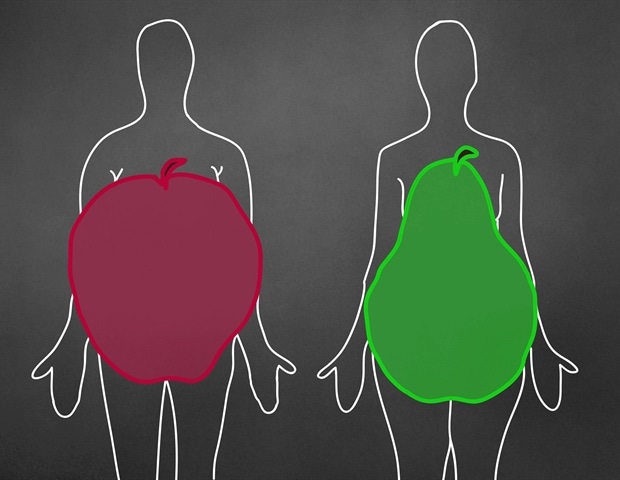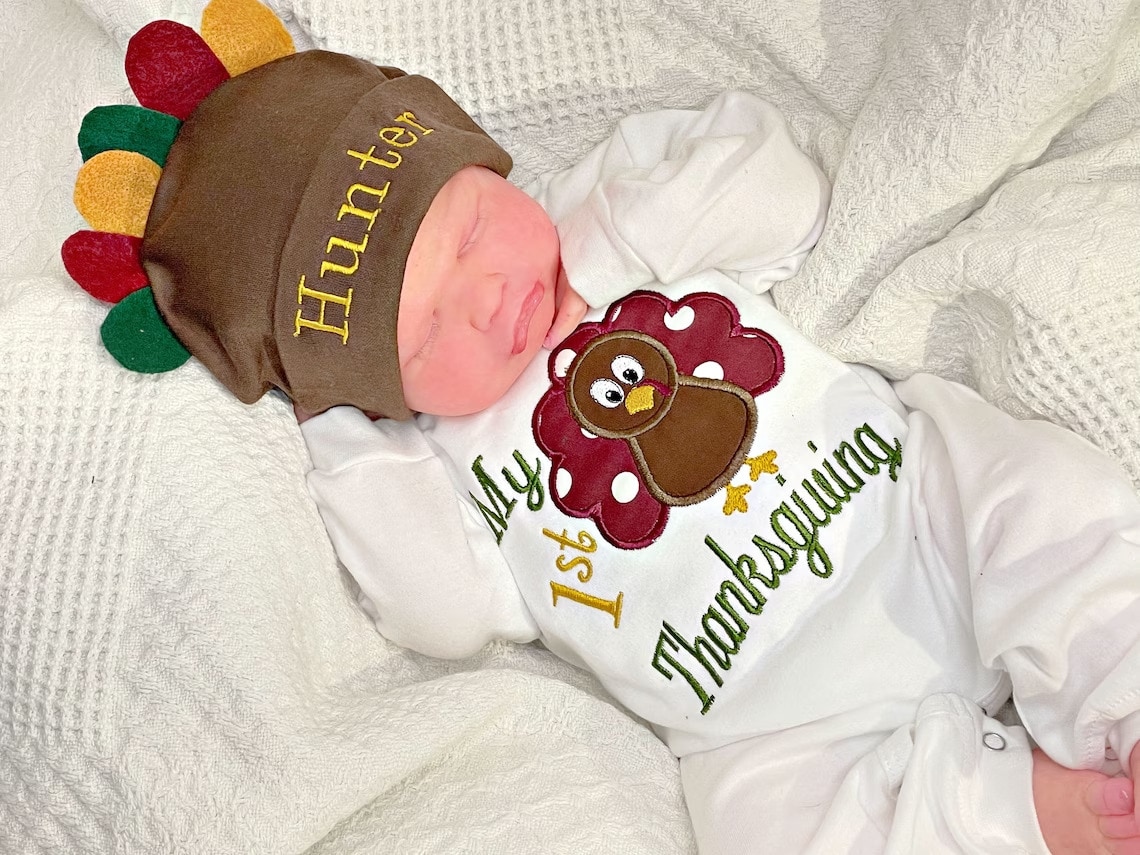Many new mothers experience the frustration of a squirmy baby during breastfeeding. Why is my baby so squirmy while nursing? While some squirming is normal, excessive movement can be a cause for concern. There are several reasons why a baby may be squirming during nursing, and understanding these factors can help mothers provide more comfortable and effective feeding experiences.
Why does my baby squirm while breastfeeding? One common cause of squirming during breastfeeding is a slow letdown reflex. This occurs when the milk does not begin to flow quickly enough for the newborn baby, causing impatience and fussiness. Other potential causes include teething, illness, and positioning issues. Identifying the underlying cause of a baby’s squirming can help mothers address the issue and ensure that their child is receiving adequate nutrition.
Possible Reasons for Baby Squirming
Why does my baby squirm so much while breastfeeding? When it comes to why a baby may be squirming during nursing, there are several possible reasons to consider. Here are some of the most common ones:
Discomfort or Pain
Why does my baby kick while breastfeeding? If a baby is uncomfortable or in pain, they may kick while breastfeeding. This could be due to a variety of reasons, such as an ill-fitting nursing position, teething, or an ear infection. If a baby seems to be in pain or is squirming excessively, it’s always a good idea to consult with a healthcare provider to rule out any underlying issues.
Hunger or Fullness
Why does my baby pull away while breastfeeding? Sometimes, a baby may pull away during nursing simply because they are hungry or full. If a baby is hungry, they may squirm as they try to get more milk. On the other hand, if they are full, they may squirm as they try to push away from the breast. Paying attention to hunger cues and feeding on demand can help prevent these issues.
Growth Spurts
During growth spurts, breastfed babies may be more fussy and squirm more during nursing. This is because they are trying to increase their milk intake to support their growing bodies. It’s important to continue nursing on demand during these times to ensure that the baby is getting enough milk.
Gas or Digestive Issues
If a baby is experiencing gas or other digestive issues, they may squirm during nursing as they try to find a more comfortable position. This could be due to something in the mother’s diet or a sensitivity to a particular food. Experimenting with different nursing positions and keeping a food diary can help identify any potential triggers.
Distractions and Overstimulation
Babies can easily become distracted or overstimulated during nursing, which can lead to squirming. Why does my baby squirm while eating? This could be due to environmental factors, such as noise or bright lights, or simply because the baby is more interested in exploring their surroundings than nursing. Finding a quiet, calm place to nurse and limiting distractions can help.
Health Issues
Why does my baby squirm so much? In some cases, a baby may be squirming during nursing due to an underlying health issue. This could be anything from an allergy to a medical condition that affects feeding. If a baby is consistently squirming during nursing or seems to be in pain, it’s important to consult with a healthcare provider to identify and address any potential health issues.
Breastfeeding Basics
Breastfeeding is a natural and healthy way to nourish a baby. Understanding the basics of breastfeeding can help a mother and baby have a successful and comfortable nursing experience. Here are some important things to keep in mind:
Latch and Milk Flow
The latch is the way a baby attaches to the breast to get milk. A good latch is essential for successful breastfeeding. A baby should take in a good portion of the areola and nipple into their mouth. If the latch is incorrect, it can cause discomfort for the mother and prevent the baby from getting enough milk.
Milk flow is the speed at which milk comes out of the breast. It is important to understand that milk flow can vary from mother to mother and from feeding to feeding. A slow milk flow can cause a baby to become frustrated and squirm during nursing. On the other hand, a fast milk flow can cause a baby to choke or gag.
Nursing Positions
There are many different nursing positions that a mother can use to breastfeed her baby. Finding a comfortable position can help a mother and baby have a successful nursing experience. Some common nursing positions include the cradle hold, football hold, and side-lying position.
Breast Compression and Hand Expression
Breast compression is a technique that can help increase milk flow during nursing. It involves gently squeezing the breast to help the milk flow more freely. Hand expression is another technique that can help a mother express milk from her breast. It involves using her hand to gently compress the breast and express milk.
In summary, understanding the basics of breastfeeding can help a mother and baby have a successful and comfortable nursing experience. A good latch, proper milk flow, comfortable nursing positions, and breast compression and hand expression techniques can all help make breastfeeding easier and more enjoyable for both mother and baby.
Tips for Comfortable Nursing
Breastfeeding can be challenging, especially when your baby is squirmy. Here are some tips to make nursing more comfortable for both you and your baby.
Skin-to-Skin Contact
Skin-to-skin contact is a great way to calm a squirmy baby. It helps regulate their breathing and body temperature and can even improve their immune system. When nursing, make sure your baby is wearing only a diaper and place them on your bare chest. This will help them feel secure and relaxed.
Burping and Diaper Changes
Burping your baby during and after nursing can help relieve discomfort and prevent gas. Hold your baby upright against your shoulder and gently pat their back. Also, make sure to change your baby’s diaper before nursing to avoid any discomfort or distraction during feeding.
Comfortable Positioning
Finding a comfortable position for both you and your baby is crucial for successful nursing. Experiment with different positions such as cradle hold, football hold, and side-lying position. Use pillows or a nursing pillow to support your baby and prevent any strain on your back, neck, or arms.
Breastfeeding Challenges
Breastfeeding can come with its own set of challenges. Some common challenges include low milk supply, engorgement, sore nipples, and mastitis. If you are experiencing any of these challenges, seek help from a lactation consultant or your healthcare provider.
By following these tips, you can make nursing a more comfortable and enjoyable experience for both you and your baby. Remember to be patient and persistent, and don’t hesitate to seek help if you need it.
Dealing with Baby Squirming
Babies are known to squirm while nursing, and it can be a frustrating experience for new mothers. However, there are ways to deal with this behavior and make nursing a more comfortable experience for both the baby and the mother.
Patience and Courage
First and foremost, it is essential to have patience and courage when dealing with a squirmy baby. It is a skill that takes time and practice to master, and new mothers should not be too hard on themselves if they struggle at first. It is important to remain calm and not get frustrated with the baby, as this can make the situation worse.
Identifying the Cause of Squirming
One of the first steps in dealing with a squirmy baby is to identify the cause of the behavior. It could be due to an uncomfortable position, food sensitivity, stress, or even a fever. Once the cause is identified, steps can be taken to address the issue. For instance, a baby may be squirming due to an uncomfortable position, and adjusting the nursing position can help alleviate the problem.
Guidance and Practice
New mothers can seek guidance from experienced mothers or lactation consultants to learn techniques for dealing with a squirmy baby. Practicing nursing positions, breast compressions, and burping techniques can help make nursing a more comfortable experience for both the baby and the mother.
Alternative Feeding Methods
In some cases, alternative feeding methods may be necessary if a baby is consistently squirmy while nursing. Bottle-feeding may be an option for babies who prefer it or have difficulty latching on. It is important to note that breastfeeding is not always possible or practical for every mother and baby, and alternative feeding methods should not be seen as a failure.
In conclusion, dealing with a squirmy baby while nursing requires patience, courage, and practice. Identifying the cause of the behavior and seeking guidance from experienced mothers or lactation consultants can be helpful. Alternative feeding methods may also be necessary in some cases.
When to Seek Help
If a baby is squirmy while nursing, it can be a sign of several underlying challenges that need to be addressed. In some cases, the baby may be able to overcome these challenges with time and practice, but in other cases, professional help may be necessary. Here are some situations where seeking help is recommended:
Consulting a Lactation Consultant
A lactation consultant can help identify and address issues related to breastfeeding. If a baby is squirmy while nursing, it may be due to a poor latch, uncomfortable positioning, or other challenges related to breastfeeding. A lactation consultant can help ensure that the baby is latching on correctly, and that the mother is in a comfortable position. They can also provide guidance on how to increase milk supply and manage breast engorgement.
Visiting a Doctor
Some new parents may wonder “Why is my baby so squirmy while nursing?” If a baby is squirmy while nursing and is also showing other signs of discomfort, such as a fever or signs of infection, it may be necessary to visit a doctor. Infections, such as an ear infection, can cause discomfort while nursing, and may need to be treated with medication. In some cases, a baby may be teething, which can also cause discomfort while nursing. A doctor can help identify the underlying cause of the discomfort and provide appropriate treatment.
It’s important to note that some babies may be naturally squirmy while nursing, especially during growth spurts. In these cases, it may be helpful to try different positions or techniques to see what works best for the baby. However, if a baby is consistently squirmy while nursing and is not gaining weight or seems to be in pain, it’s important to seek professional help to address any underlying health issues.
Overall, if a baby is squirmy while nursing, it’s important to be patient and persistent in finding a solution. Seeking professional help from a lactation consultant or doctor can provide valuable guidance and support in addressing any challenges related to breastfeeding and ensuring the baby’s health and well-being.
Conclusion
In conclusion, understanding the typical causes for babies to squirm during breastfeeding can help you find solutions to make the experience more comfortable for both you and your little one. From adjusting the latch position to recognizing growth spurts, there are many ways to ease your baby’s discomfort and ensure successful breastfeeding. Remember, with patience and practice, you can overcome any challenges and enjoy the special bond that comes with nursing your baby.
Frequently Asked Questions
What are some reasons my baby might be fussy while breastfeeding?
There are many reasons why a baby might be fussy while breastfeeding. Some common reasons include hunger, tiredness, overstimulation, growth spurts, developmental leaps, diaper changes, and teething. It is important to pay attention to your baby’s cues and try to address their needs as quickly as possible.
How can I soothe my baby during a squirmy nursing session?
There are several things you can do to soothe your baby during a squirmy nursing session. You can try changing positions, using a nursing pillow, using a pacifier, singing or talking to your baby, or gently rocking them. It is important to remain calm and patient during these moments.
Is it normal for babies to squirm and move a lot while nursing?
Yes, it is normal for babies to squirm and move a lot while nursing. Babies are still learning how to coordinate their movements and may need to adjust their position frequently to get comfortable. Additionally, some babies are more active than others and may need to move around more during feeding.
What can I do to make nursing more comfortable for my squirmy baby?
There are several things you can do to make nursing more comfortable for your squirmy baby. You can try using a nursing pillow, adjusting your position, offering a pacifier, or using a different feeding method. It is important to pay attention to your baby’s cues and adjust accordingly.
Are there any tips for dealing with a baby who keeps pulling off the breast during feeding?
If your baby keeps pulling off the breast during feeding, there are several things you can try. You can try adjusting your position, using a nursing pillow, offering a pacifier, or using a different feeding method. It is also important to pay attention to your baby’s cues and try to address their needs as quickly as possible.


 PARENTING TIPS
PARENTING TIPS







 PREGNANCY
PREGNANCY








 BABY CARE
BABY CARE








 TODDLERS
TODDLERS








 TEENS
TEENS








 HEALTH CARE
HEALTH CARE







 ACTIVITIES & CRAFTS
ACTIVITIES & CRAFTS








 CONTACT
CONTACT ABOUT
ABOUT
















